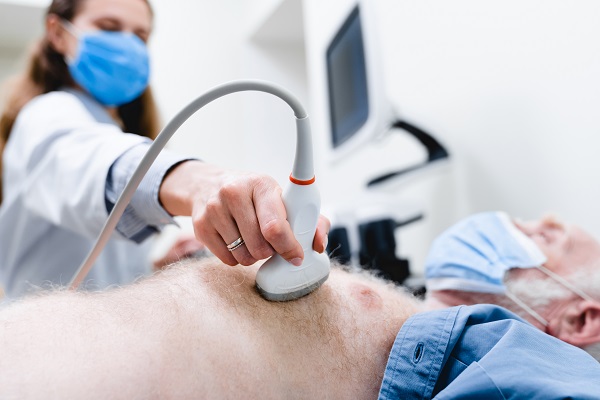Health policies must address their burnout too
Vaccination rates are climbing, and COVID-19 cases are decreasing. While this is surely a relief to most of us, many healthcare workers are bracing themselves for a significant post-pandemic fallout. Far from getting a much-needed reprieve from an emotionally and physically draining 20 months, these professionals will be forced to work under similar strain to deal with the backlog of procedures now being scheduled again.
There is abundant evidence of increasingly high levels of stress and burnout among all healthcare workers in the system.
National and local television, radio, and print media have been covering the situation extensively with horror stories of doctors working around the clock with no end in sight, and nurses burning out in unprecedented numbers. The warnings are consistent: we are headed towards a full-blown crisis.
Unfortunately, this tells only half of the story. In Canada, 42 per cent of healthcare workers are neither nurses, nor doctors, but hail from other, equally essential professions. We ignore their well-being at our peril.
Every time these professionals see “doctors and nurses” used to refer to healthcare workers, they shudder, reminded that they are being ignored yet again. While this media shorthand may be convenient, it only serves to reinforce the alarming tendency of healthcare decision makers to make policy based on considerations that exclude almost half the workforce.
We’ve already seen the potentially deadly consequences of health policies forgetting almost half the health workforce earlier in the pandemic.
Medical Radiation Technologists (MRTs) have been one of the oft-ignored professions. While many Canadians aren’t familiar with the term MRT, most have relied on them as part of their healthcare team at some point of their lives. MRTs are the professionals who do the X-rays, nuclear medicine, MRIs and CT scans that allow doctors to diagnose and provide medical treatment. They also administer radiation therapy to cancer patients.
MRTs have been on the frontlines of the pandemic, providing the imaging required to monitor and manage COVID-19 patients, and through all the extreme challenges of this pandemic, have maintained the integrity of the health services for other diseases and conditions.
MRTs are the third largest contingent of healthcare professionals working in hospitals, and they also work in clinics, cancer centres and other settings across the country.
Throughout the pandemic, many MRTs have been forced to fight for access to adequate personal protective equipment (PPE), vaccine priority, and acknowledgement that they too were working on the front lines and putting their lives in danger for the well-being of other Canadians. This, despite their numbers and importance to diagnosis and care.
To add insult to injury, they are now being ignored, yet again, in conversations about healthcare workers who are struggling to do their work in the face of enormous challenges to their mental health. For one public example, Quebec Premier Francois Legault, in defending his move to provide relief to Quebec nurses, explained that this relief was not being extended to other healthcare workers and compared them to convenience store workers doing overtime.
I wish these kinds of statements were surprising.
According to our recent survey of MRTs, two thirds of respondents reported high levels of emotional exhaustion (a symptom of burnout). It’s time MRTs and other healthcare professionals were included in policies and programs that address burn out in our health system.
This month celebrates MRT Week (November 7 to 13), a chance to recognize the indispensable work that these tens of thousands of healthcare professionals do every day to keep the COVID response strong, to keep the healthcare system running, to battle the backlogs in the system and give us the chance to get back to normal.
As we begin to look at how healthcare workers are going to deal with the immediate future, conversations and solutions that focus exclusively on doctors and nurses will have devastating consequences and ultimately undermine efforts to address the crisis.
We will never solve our healthcare crisis by ignoring close to half of those who are paying the price.
Irving Gold is the Chief Executive Officer of the Canadian Association of Medical Radiation Technologists.


